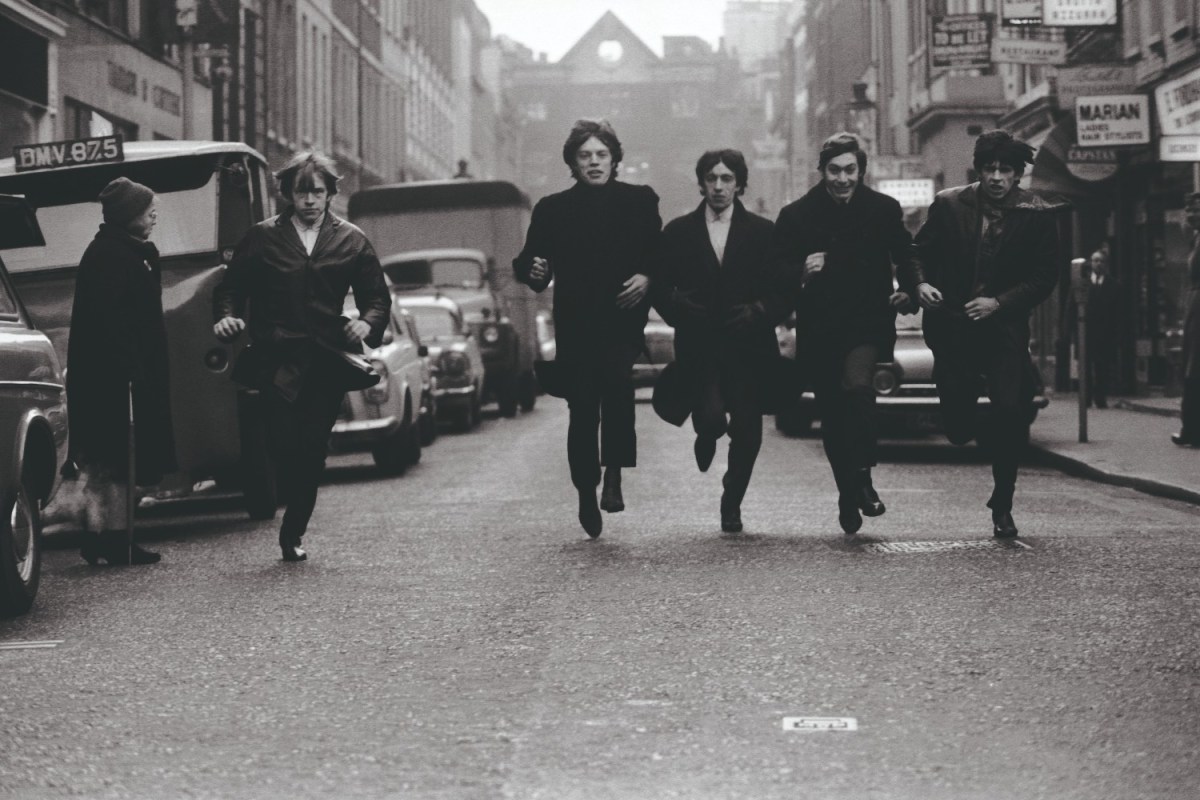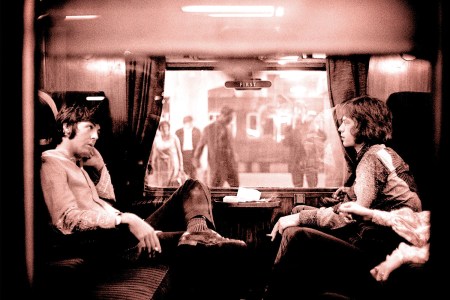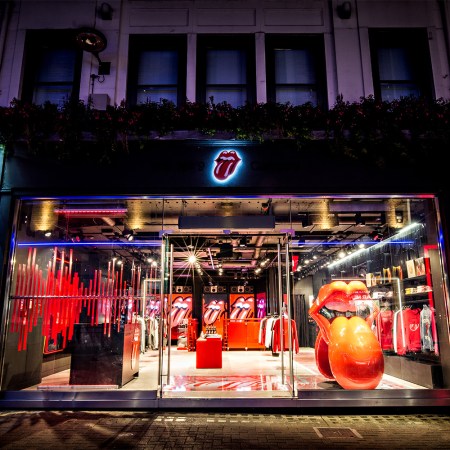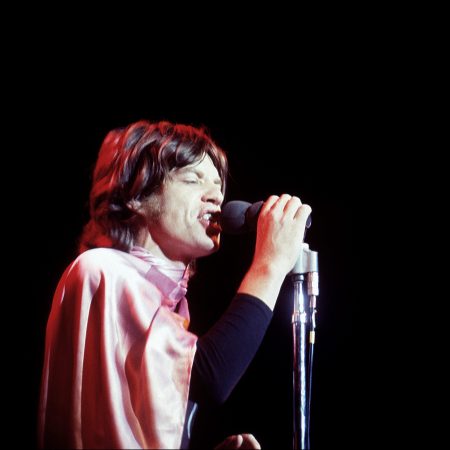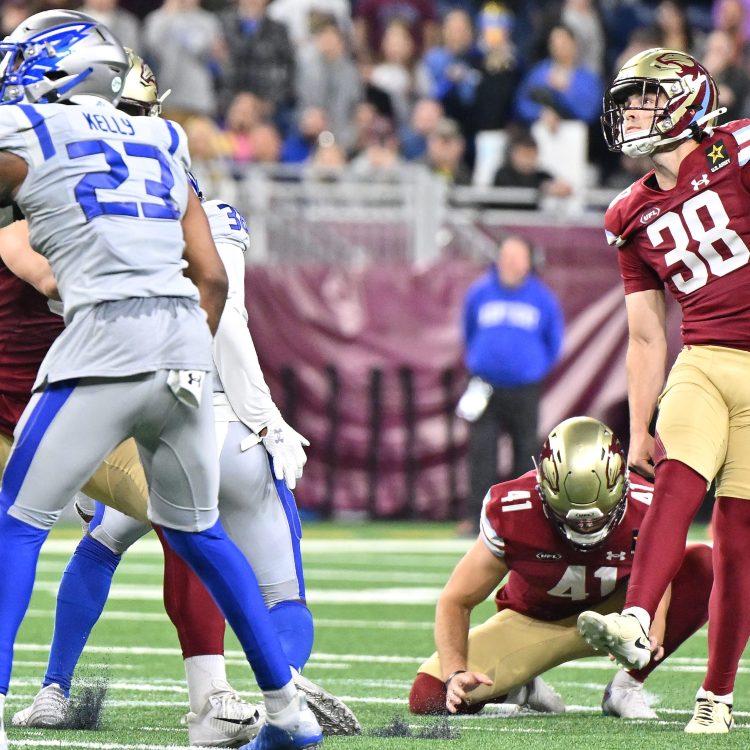Thirty years ago, David Fincher’s video for the Rolling Stones’ “Love Is Strong” showed the band blown up to massive size around the streets and sidewalks of New York City. The video’s subtext wasn’t exactly hard to figure out: this is a band that’s larger than life. That was true long before Fincher’s video, and it’s true now. And yet one of the impressive feats accomplished by the new book The Rolling Stones: Icons is the way that the photographs in it show the members of the band on a more human scale.
That isn’t to say that there aren’t photos in there of the Stones looking every bit like rock stars as they stand on a massive stage. Some of the photographs found within absolutely check off those boxes, and do so with grace. The sheer amount of photographic talent on display in these pages is prodigious, and features contributions from the likes of Terry O’Neill, Linda McCartney and Denis O’Regan. Bill Wyman’s work as a photographer is also represented within the book — and a comment he made to another contributor, longtime rock and roll journalist Harvey Kubernik, gets at this book’s appeal.
“I asked him about photography and his diaries and he made it a point to tell me — and this is in 2002 — ‘We were a black and white band when we started’,” Kubernik tells InsideHook.
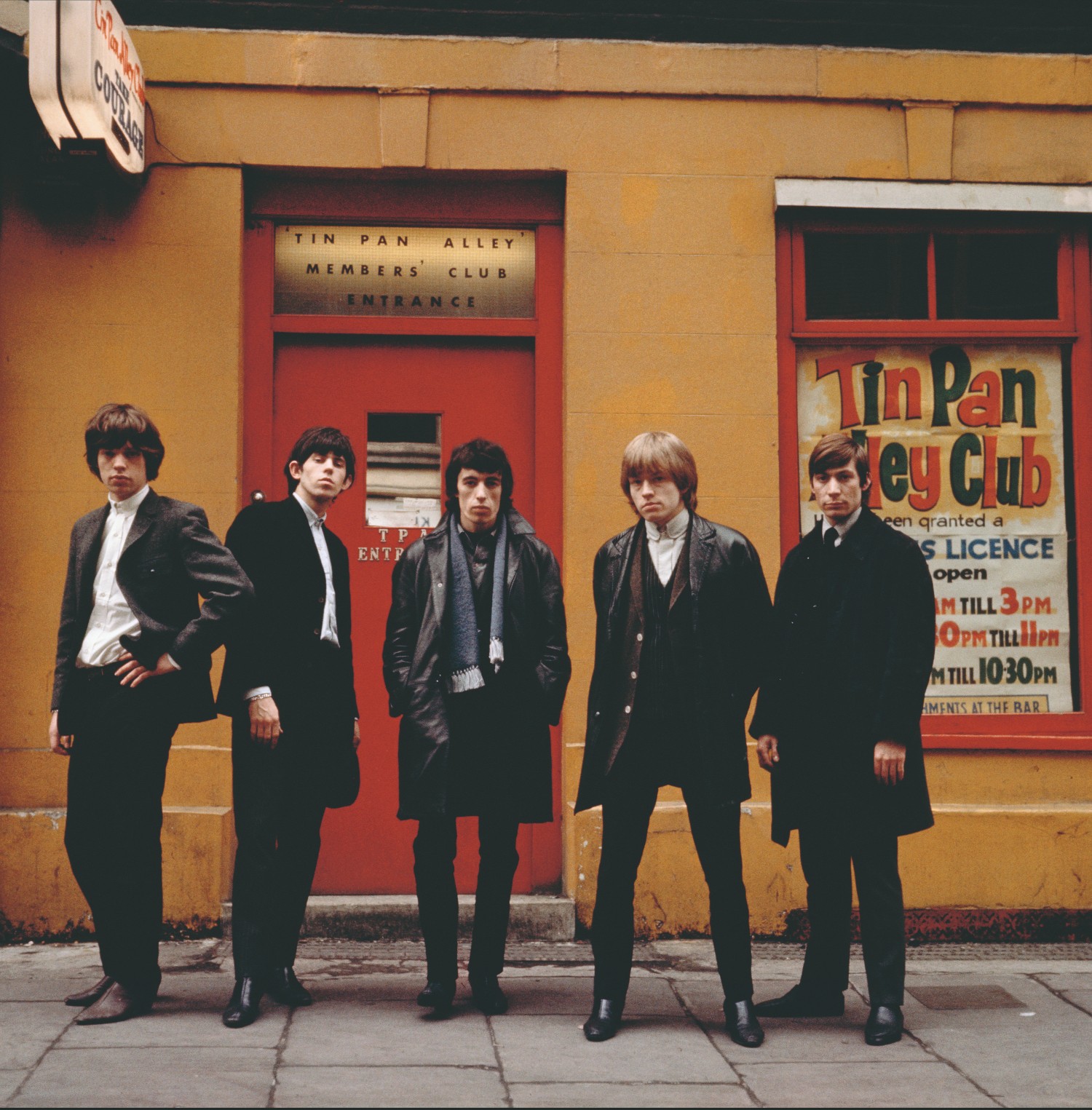
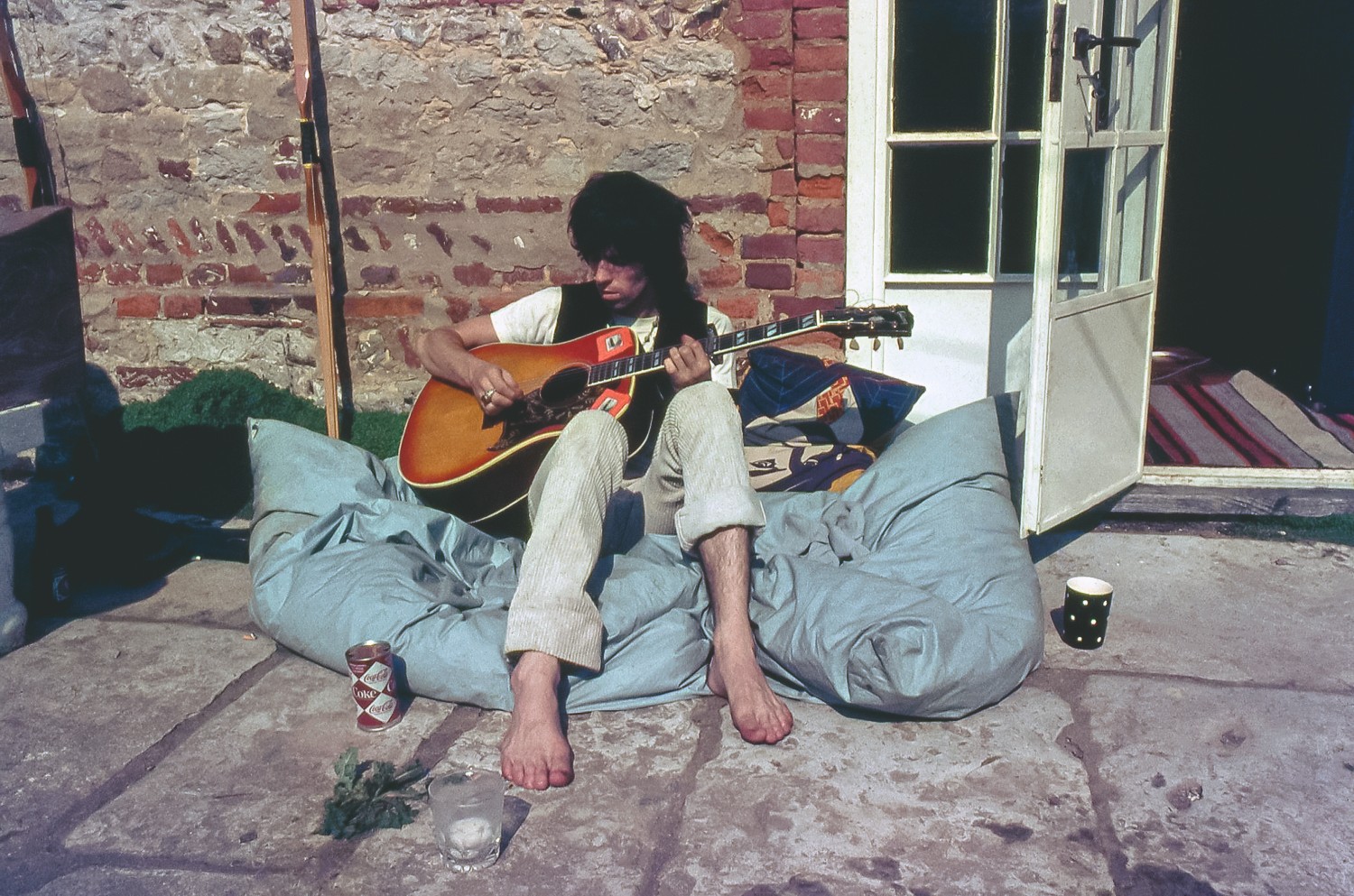
Looking at some of the photographs in here, Wyman’s words ring true. The black and white photos of the Stones in their first decade showcase a different version of the group than the one that’s come to mind for half a century. They look young, for starters; there’s also a sense of them as not entirely convinced of their own stardom quite yet. Later photos in the book certainly suggest a band that believes in their own legend, but the early ones? There’s a feeling of the Rolling Stones as a band rather than as icons.
Kubernik provided the book’s introduction and provides welcome context for the photographers featured within. “I’m lucky enough to have met Terry O’Neill and Linda McCartney and a handful of these people,” he recalls. And for him, The Rolling Stones: Icons isn’t just a testament to the musicians featured in its pages — it’s also a kind of tribute to the often-unappreciated work being done by photographers.
“We often see the names of photographers next to a photo. That’s all we know of these people. And occasionally they put out collections of their own work and their audience grows,” Kubernik says. “I’ve always thought — this goes back 40 years — whether it be with my pal Henry Diltz and just so many photographers over the years, I wanted to make a point to interview the photographers. If I was doing a story on an exhibition of theirs or a gallery opening, or if they had more than one photo in some sort of book, and I always ran tape and had all this data and information.”
“Sadly, in the case of Terry O’Neill and Linda McCartney, they’re no longer on the physical planet anymore, but I have these archives. And so it wasn’t like I was prepared for the moment,” he adds. “I just had access to their own words, like Terry talking to me about the Beatles or the Rolling Stones. So when things like this book or the opportunity to participate and collaborate in this book, I just, I had lots of words in their own voices that amplified the images that read to us on the pages.”
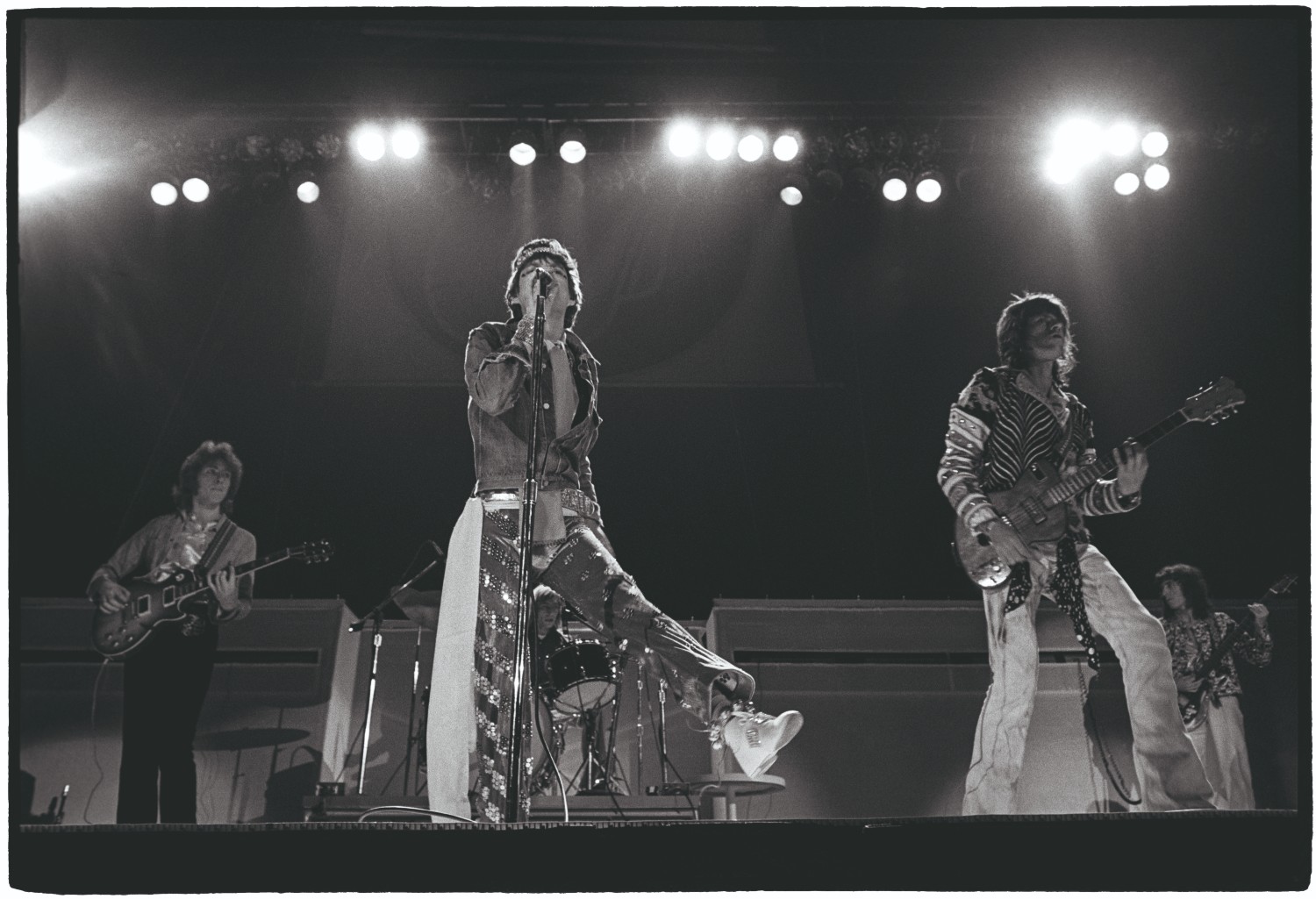
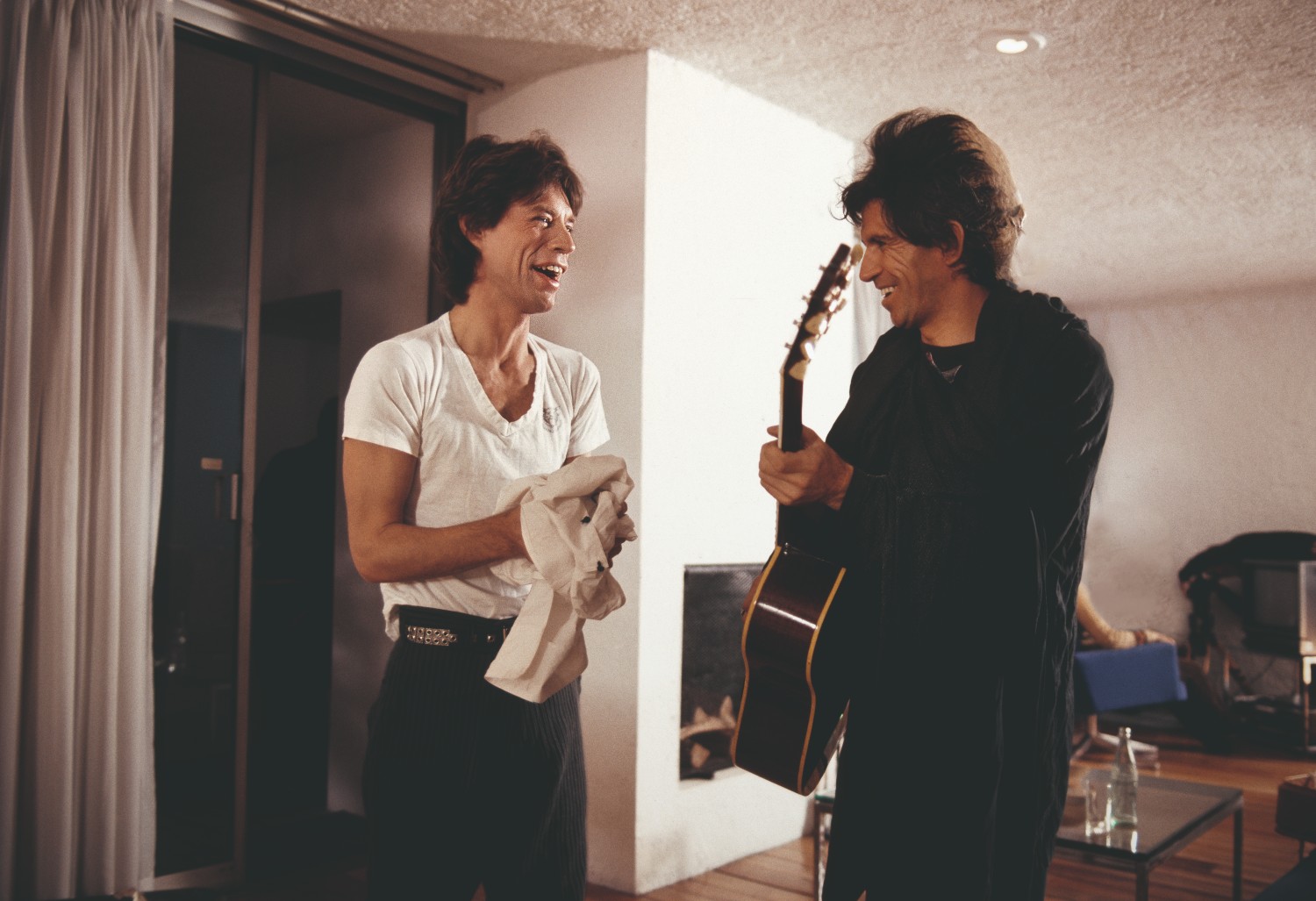
For Kubernik, making sure photographers get their due is an important part of rock history. “I think what I bring to the table, coupled with the table that’s already been very firmly in place, is somebody that has an understanding that these photographers were more than just taking a handful of photos and charged a few bucks for licensing or something,” he says. “It’s way, way deeper. And the charm of this book is in today’s rock and roll world, especially in the concert touring arena, the bands often have their own staff photographer. The record label has their own photo person. The freelance photographers are treated like sheep. They occasionally get to shoot the first three songs of the show and are banished.”
The photographs collected in The Rolling Stones: Icons cover a lot of ground, be it stylistic, temporal or musical. Hence, the question to Kubernik: does he have any favorites from within its pages, or of the Stones in general?
“The photos that mean the most to me — it’s Gerard Mankiewicz, he did a lot of the early album covers, but he also, as well as a photographer, Guy Webster, [who’s] not in this book, he had access to shooting the Rolling Stones in recording studios, whether it be in England, or at RCA Studios on Sunset Boulevard in Hollywood,” Kubernik recalls. “And that’s a building that I’ve passed 1,000 times as a child, in elementary school and as a teenager. And so I got to see what it was like to see this. And that’s where the Stones recorded 90% of their music from ‘63 to ‘67 at RCA Studios in Hollywood. It wasn’t all England, you know; they were a Hollywood band on so many levels. I know that may sound weird to people. But the recordings, the studio environmental graphic, do inform what is on the tape.”
A Brief History of the Beatles and the Rolling Stones Insulting Each Other
McCartney’s recent dig at the Stones is just the latest in a long history of (mostly) friendly rivalry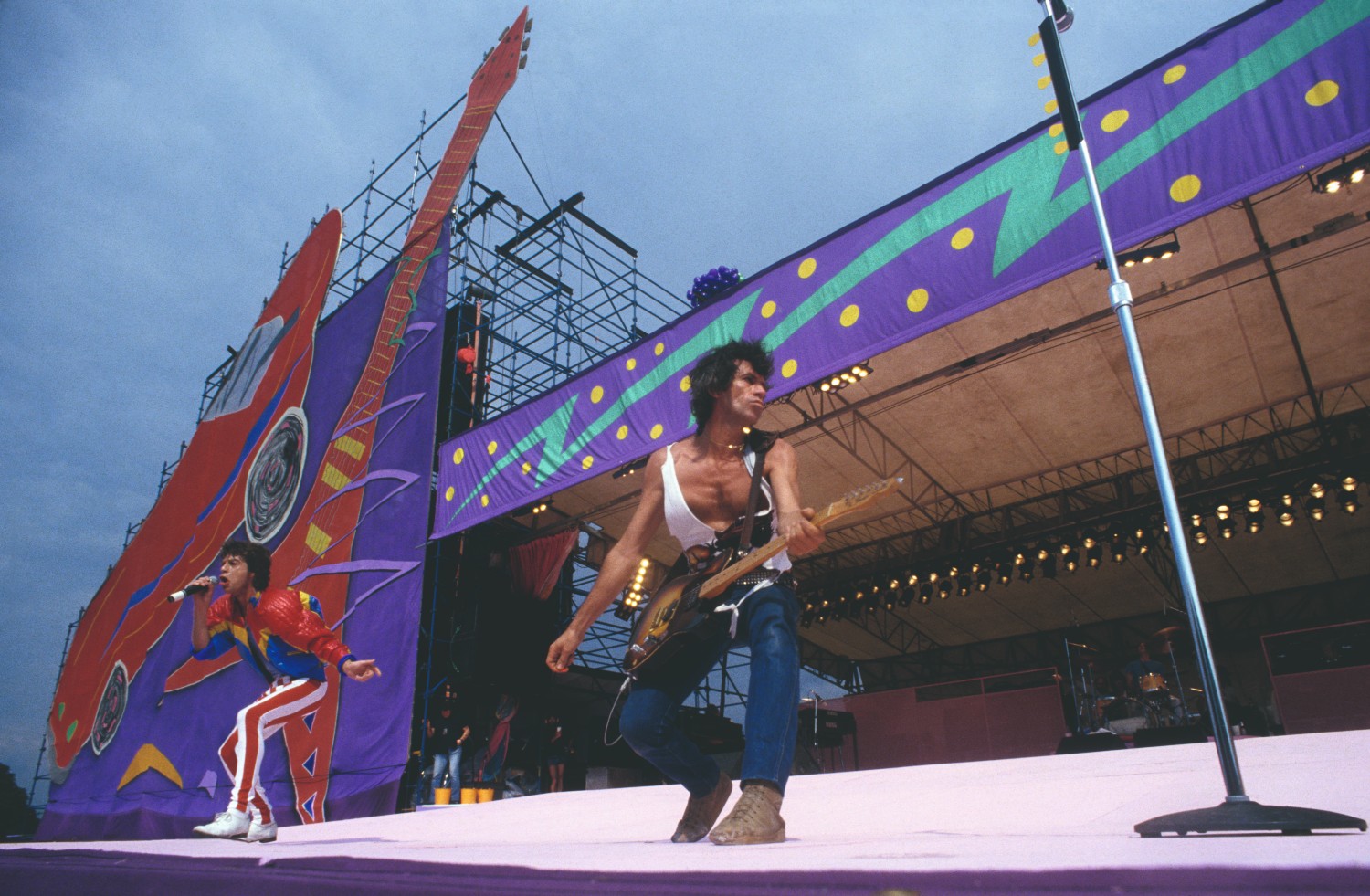
There was also a specific reason why Kubernik enjoyed looking at a specific genre of Stones photograph. “I like looking at the individual early residencies of the Rolling Stones that we’re kind of lucky to have a look at and all that,” he says. “Because now all we see are staged band photos or live shots. There’s nothing wrong with that. [But] I want the intimacy, I want to take a peek into the situation.”
He’s right about that — these photos showcase a side of the band you might not be used to seeing. And given the talents of the photographers involved in this project, it’s hard to imagine a better glimpse of this band short of being in the room itself.
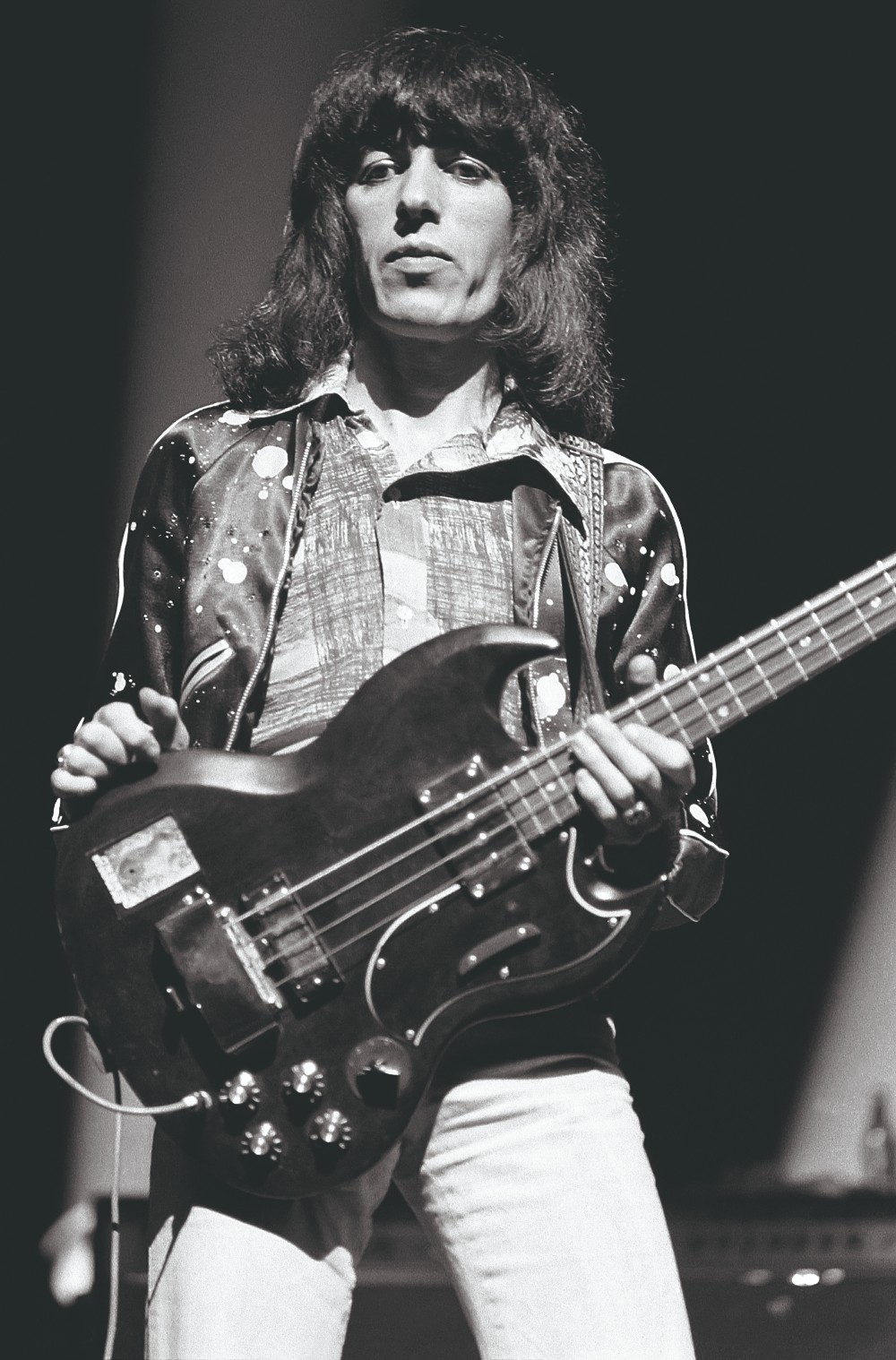
This article was featured in the InsideHook newsletter. Sign up now.
